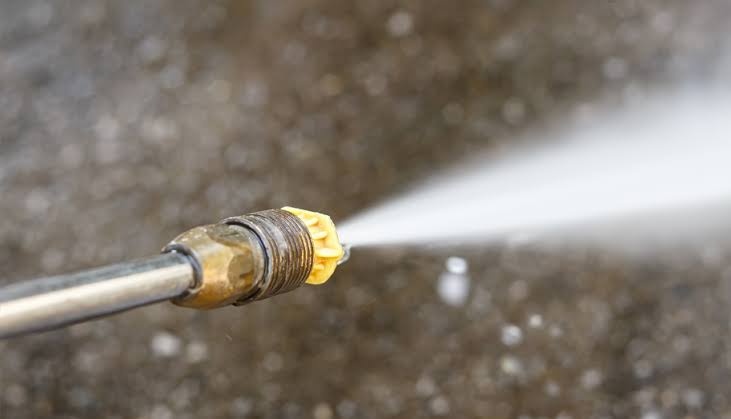Cleaning isn’t always a simple task, especially when you try all the tricks you know, using washing chemicals, detergent, and clean water, and the stubborn spots just won’t come off. This is one of the main reasons home or business owners turn to cleaning companies to get the job.
Thankfully, there’s now something known as a pressure washer. Pressure washers come in handy for several washing activities including, washing vehicles, driveways, patio, furniture, and decks. You can also use a pressure washer to wash loose paint off surfaces for a fresh coat of paint.
Most pressure washers you come across today function in the same manner. However, the only differences might be water pressure, motor, and other design. Please stick with us to get a simple and basic idea of the parts of pressure washers.
What is a Pressure Washer?
A pressure washer, also known as a power washer, is simply a mechanical tool that sprays water at very High Pressure. The high-pressure sprayer is frequently used to get rid of mold, dust, mud, grime, paint, and dirt from the surfaces of various objects such as vehicles, buildings, wooden and concrete surfaces.
Pressure washers are usually designed with pumps that have a set volume of water that they can hold, which is measured in gallons or liters per minute. Although the water pressure is also designed into the pump, it can be adjusted via a valve. The pressure from these machines is measured in pounds per square inch (psi) or pascals. In addition, there are pressure washers that can produce 750 to 30,000 psi of pressure or more.
However, one important thing to note is that these machines need an adequate water supply. That way, you don’t have to worry about the pressure washer stopping while you’re using it or more severe issues like cavitation and pump damage. So, always check the gallons per minute your pressure washer pump needs, and ensure that you connect it to a water source that can provide it.
Parts of a Pressure Washer
A pressure washer is designed to pump water with a motor (electric, hydraulic, or internal combustion). Several parts of the pressure washer make it capable of accelerating water at high PSIs through a hose attached to a trigger gun. These parts include:
1. Water Inlet
Every pressure washer comes with a hose that connects the machine to a water source like a tap. However, debris can enter the washer and cause different problems. For example, dirt and other particles could block and damage the machine. In more dangerous scenarios, pressure from the engine could shoot debris and other particles at speeds that make them harmful to people or objects around. This is why there is always a filter to stop particles from entering the machine.
2. Power Supply
These days, pressure washers have different power sources. Some run on electricity, while others use gasoline. The electric-powered pressure washers are more suited for indoor and outdoor cleaning, while units with gasoline engines are best for the outdoors. The power generated by these engines typically ranges from 3.5 - 5.5 HP.
3. High-Pressure Hose
This is a hose reinforced with wire mesh and layers of high-density plastic. It would help if you used only the hose that came with the pressure washer or another with a higher pressure rating. This is because regular hoses or pipes would not handle the amount of pressure the machine generates.
4. Water Pump
A water pump is the main drive of a pressure washer. The engine pulls in water from the water inlet and pumps it out the other way in a high-pressure jet. Water pumps are designed to handle around 4-8 liters of water per minute.
5. Cleaning Attachment
Pressure washers typically come with various attachments and nozzles for different kinds of cleaning. For example, you can switch the trigger gun for a rotating brush to scrub tough dirt or attach different nozzles to change water flow.
Conclusion
Pressure washers are potent and effective tools useful for regular cleaning at home or work. As we’ve pointed out in this article, there are different types of these high pressure machines, but they share similar parts. If you’re considering getting one, understanding the components of a pressure washer is a necessary step.


